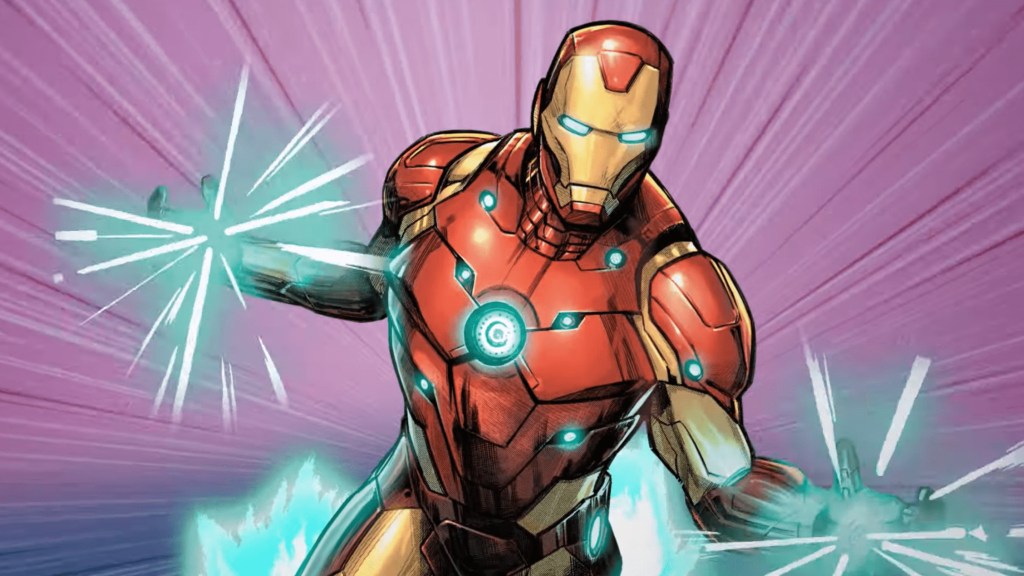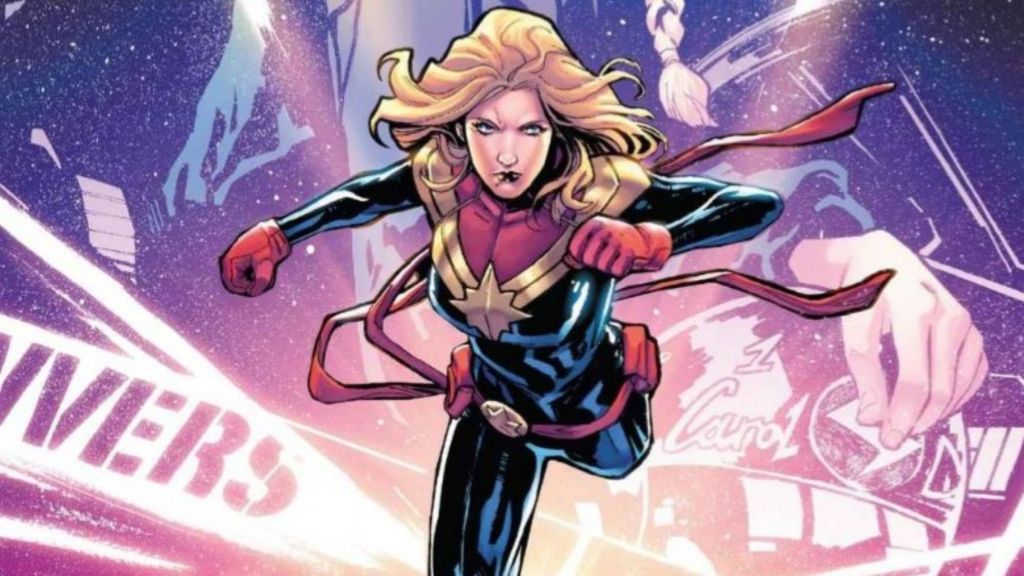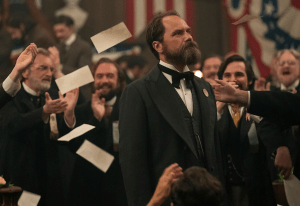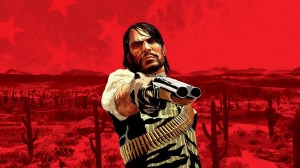Power has a way of corrupting even the most well-intentioned heroes, often because the line between savior and tyrant is thinner than we’d like to imagine. When individuals are imbued with extraordinary abilities or influence, they may begin to see themselves not just as protectors but as arbiters of what’s right and wrong. After all, if they’re saving the world, who could possibly question their methods?
Videos by ComicBook.com
Marvel Comics has repeatedly explored this slippery slope across decades of storytelling. Tony Stark’s journey from weapons manufacturer to Iron Man to the architect of the Superhuman Registration Act shows how easily protection becomes control. Even Captain America’s brief fascist turn as Hydra’s leader demonstrates how heroes can rationalize increasingly extreme actions. These heroes convince themselves that they must make necessary sacrifices for a greater good that only they can envision.
10) Hawkeye

Hawkeye might be an Avenger, but he has danced on the darker side of the moral spectrum a few times. He started out as a villain to take on Iron Man. Even after his redemption, Clint Barton’s habit of letting his ego and temper get the best of him has led to some questionable decisions. After the events of Avengers: Disassembled and his resurrection, Hawkeye adopted the mantle of Ronin in New Avengers #27. Clint became more morally ambiguous, operating outside the law.
Likewise, in Civil War II, Clint took a shocking turn when he killed Bruce Banner (the Hulk). Bruce asked Hawkeye to kill him if he ever risked losing control of the Hulk again. When a vision from Ulysses predicted Hulk would cause destruction, Clint preemptively shot Bruce with a specialized arrow. Indeed, many heroes saw this as cold-blooded murder. Admittedly flawed, Hawkeye’s darker moments are far less severe than those of other Avengers who were driven by selfishness.
9) Vision

Vision initially appeared as an antagonist created by Ultron to destroy the Avengers. One of Vision’s most notable turns happened in Avengers #251, when he became the chairman of the Avengers. While he became more powerful and authoritative, he was also increasingly detached from humanity. Influenced by ISAAC, an AI, Vision decides that to protect humanity, he needs to take control of Earth’s computer systems and directly control the population. This plan, similar to Ultron’s attempts to control Earth, is thwarted when the Avengers convince him that his actions are wrong. Vision isn’t a mustache-twirling villain, but his synthetic nature means his ethics can literally be reprogrammed.
8) Beast

While he’s mostly known as an X-Men mainstay, Beast (Hank McCoy) actually joined the Avengers back in the 1970s during The Avengers #137. Long celebrated for his brilliance, Hank McCoy eventually started crossing lines to deal with mutant crises. Hank recklessly tinkered with timelines and genetics without consent, and rationalized manipulative schemes as necessary triage. In the alternate timeline of the Age of Apocalypse, Beast’s counterpart, Dark Beast, became a full-blown villain. Ultimately, Hank became someone who pats himself on the back while committing absolute atrocities — all in the name of the “greater good.”
7) Scarlet Witch

In House of M, Wanda Maximoff wiped out nearly the entire mutant population with three little words: “No more mutants.” Wanda also had a mental breakdown in Avengers: Disassembled when she remembered that her children (created by her magic) were erased from existence. This caused her to lash out at her teammates, leading to the deaths of several Avengers, including Ant-Man, Hawkeye, and the Vision. Wanda isn’t evil, but when her pain becomes everyone else’s problem, it’s hard to ignore the villainous side of her story. Magneto’s influence as her father also looms over her story, reminding us that Wanda’s struggles with power and identity didn’t come from nowhere.
6) Black Widow

Black Widow deserves her spot squarely in the middle of any Marvel villains list, as her morally ambiguous history defies easy categorization. Natasha Romanoff was introduced as a villain in Tales of Suspense #52 (1964). She was a highly trained Russian spy who worked for the KGB. In her first appearance, she manipulated and partnered with Hawkeye, convincing him to fight against Iron Man. Even as an Avenger, she operates in this morally gray zone where her heroics often feel more like calculated spy games. She’s lied, double-crossed, and even infiltrated teams for Nick Fury.
5) Hulk

Hulk’s rap sheet makes most supervillains look like amateurs in the destruction department. Even his heroic periods are merely intermissions between inevitable rampages. The government had declared him a national threat dozens of times, with billions in property damage and countless lives endangered whenever his emerald form emerges. The terrifying culmination of Hulk’s villainous potential manifested in the Maestro, a tyrannical version of himself from a dystopian future. After a nuclear apocalypse kills most of Earth’s heroes, the Hulk absorbs radiation and becomes stronger but loses his moral compass. As the Maestro, Hulk enslaves the survivors of Earth and rules with an iron fist.
4) Iron Man

Tony Stark’s ego has always been his own personal supervillain origin story waiting to happen. When he finally crossed the line during Civil War, nobody should’ve been surprised. Driven by his belief in the Superhuman Registration Act, Tony became the face of government control over superheroes, demanding that they reveal their identities and register with the authorities. He built a prison in the Negative Zone for heroes who refused to comply, manipulated Spider-Man, and even cloned Thor, which led to the death of Goliath. Tony’s battle with alcoholism in the famous Demon in a Bottle storyline also showed him at his lowest point.
3) Hank Pym

Hank Pym is one of the founding members of the Avengers in Marvel Comics. He first appeared in Tales to Astonish #27 (1962) as a scientist who discovered a size-altering formula and became the original Ant-Man. In Avengers #1 (1963), he and other heroes —Iron Man, Thor, Hulk, and Wasp (his partner Janet van Dyne) — came together to form the team.
However, there’s a reason why Hank Pym’s legacy is so complicated. While Hank Pym might be one of the smartest minds in the Marvel Universe, it’s hard to ignore just how often he’s crossed the line. His most infamous mistake, of course, is the creation of Ultron, a decision driven by arrogance and ambition that unleashed one of the Avengers’ greatest threats. The darkest stain in Hank’s history, though, is his abusive act toward Janet Van Dyne in Avengers #213. Marvel has explored his struggles with mental health and guilt over the years, but it’s hard to separate that single act from his overall character. And while heroes like Tony Stark face extensive scrutiny for their mistakes, Pym’s significant errors often receive less sustained attention.
2) Captain America

Marvel fans still feel uncomfortable about the Hydra Cap saga years later, and for good reason. Even with the official explanation that it was an alternate version of Steve Rogers (or “Stevil” as fans dubbed him), the storyline revealed just how terrifying Captain America could be as a villain. He manipulated Deadpool into killing S.H.I.E.L.D. agents by exploiting his hero worship. He trapped heroes in the Darkforce Dimension. He even allowed the destruction of Las Vegas just to make a point. The fact that it took another version of himself, plus every available hero, to take him down speaks volumes about his effectiveness as a villain. While the real Steve eventually returned to reclaim his mantle and reputation, the superhero community hasn’t fully forgotten.
1) Captain Marvel

Captain Marvel might be a hero, but Civil War II is often seen as her closest brush with a villain arc, even if Marvel didn’t officially frame it that way. Carol became so obsessed with Ulysses’ visions that she basically turned into a superhero cop. Captain Marvel believed these predictions should be used to prevent crimes before they occurred, while Iron Man argued that this violated personal freedoms and relied on unreliable information. She imprisoned prominent heroes, like She-Hulk and Spider-Man, based on crimes they were predicted to commit but hadn’t committed. The Last Avenger storyline (2019-2020) also featured her hunting down fellow Avengers while under Vox Supreme’s influence, making her arguably more dangerous than conventional antagonists who at least reveal their true nature.
What do you think? Let us know in the comments!









